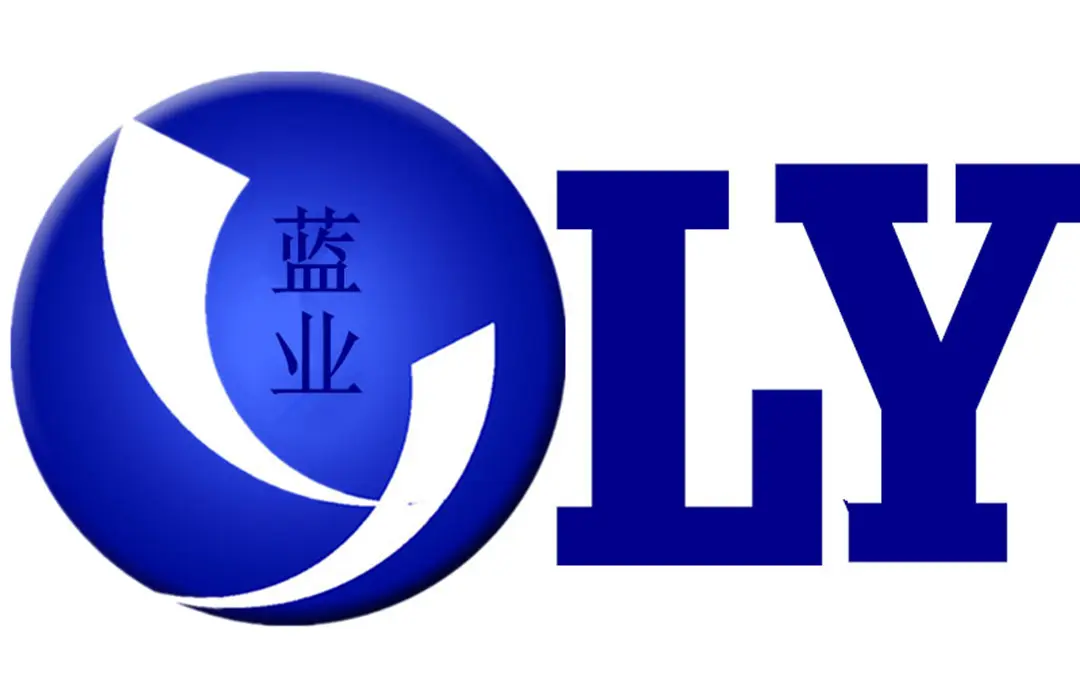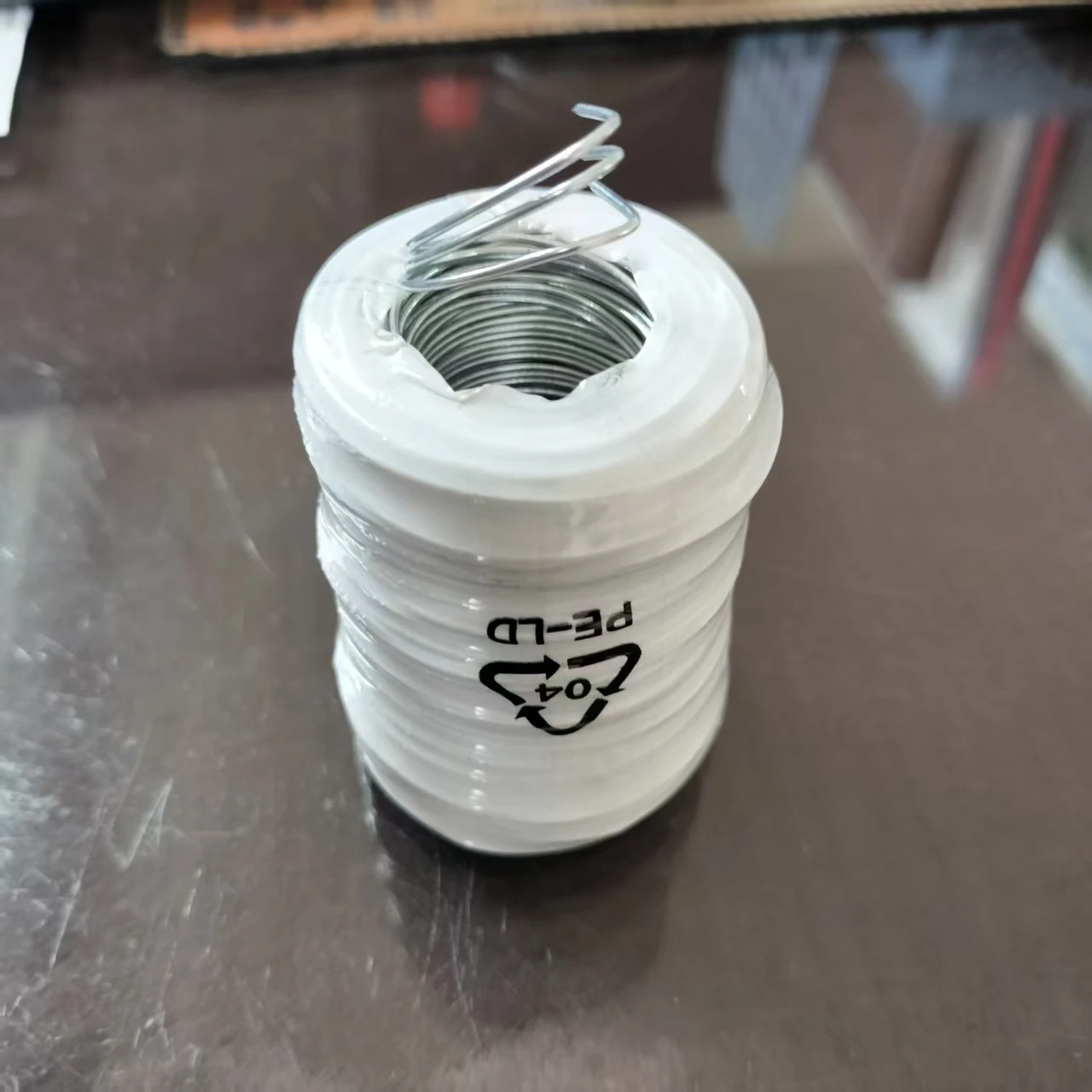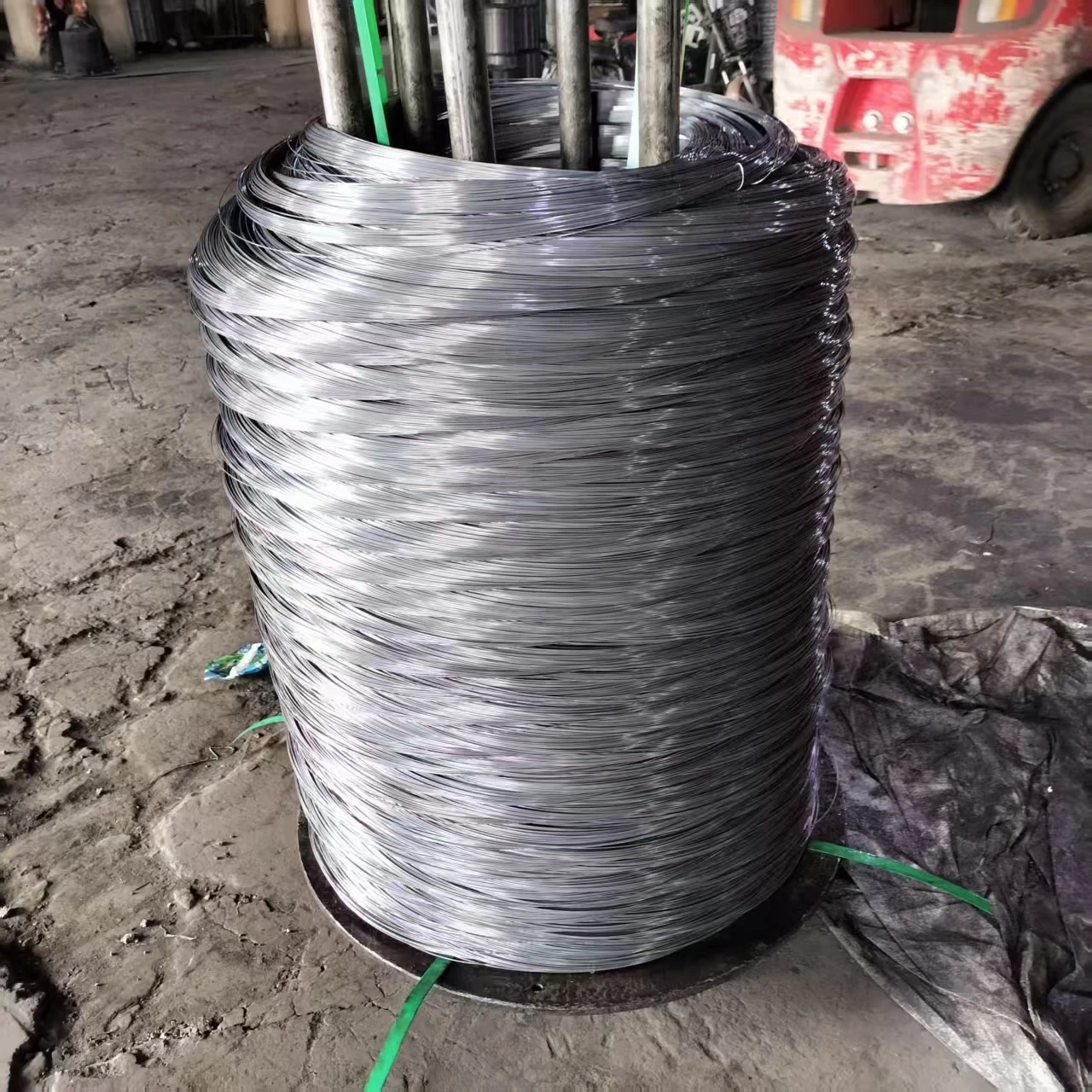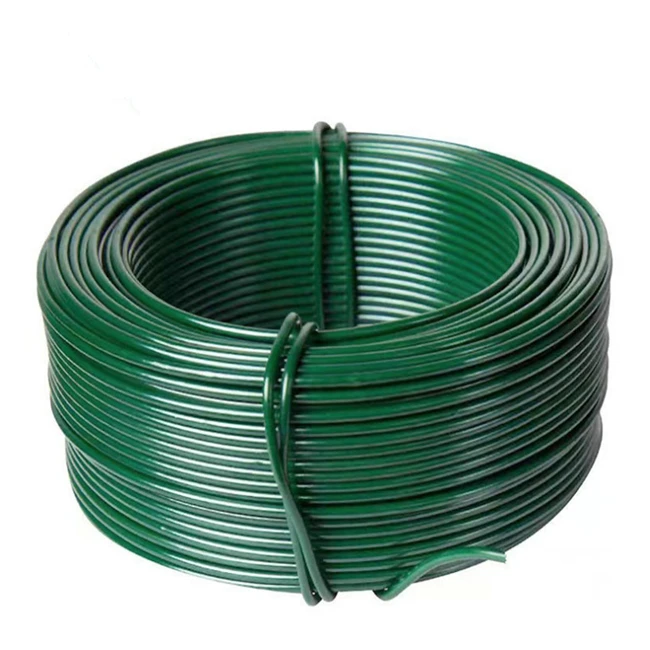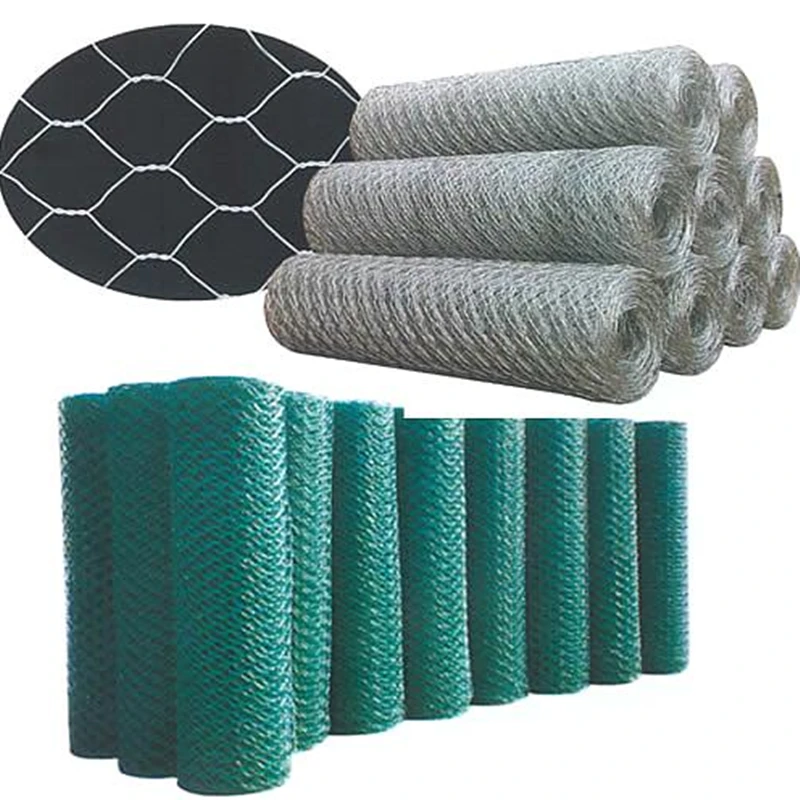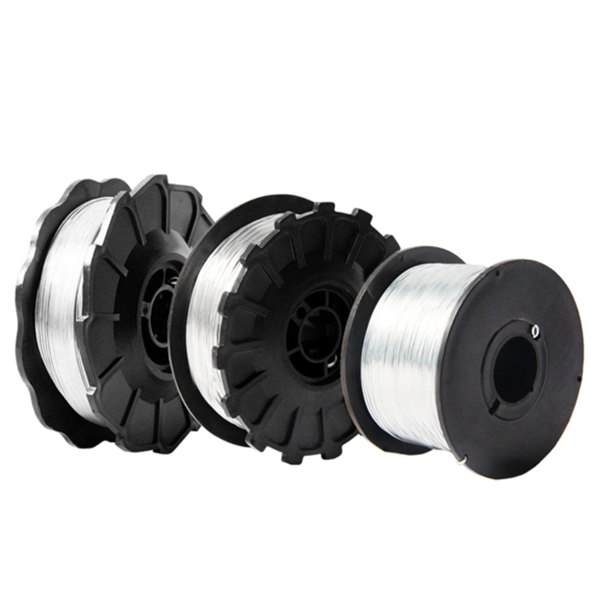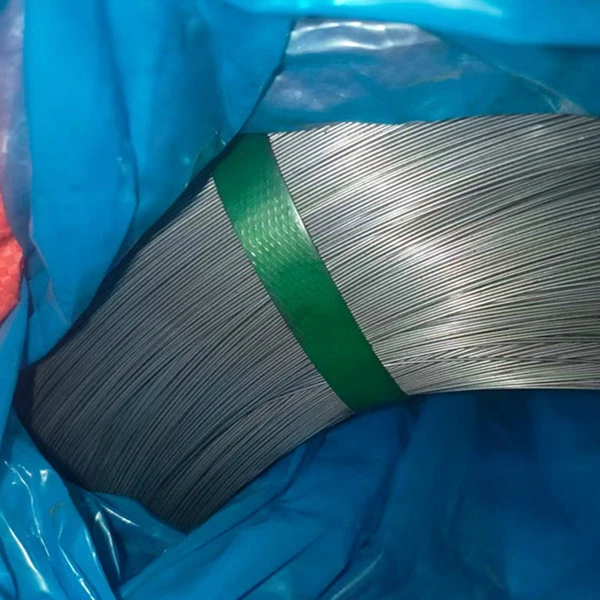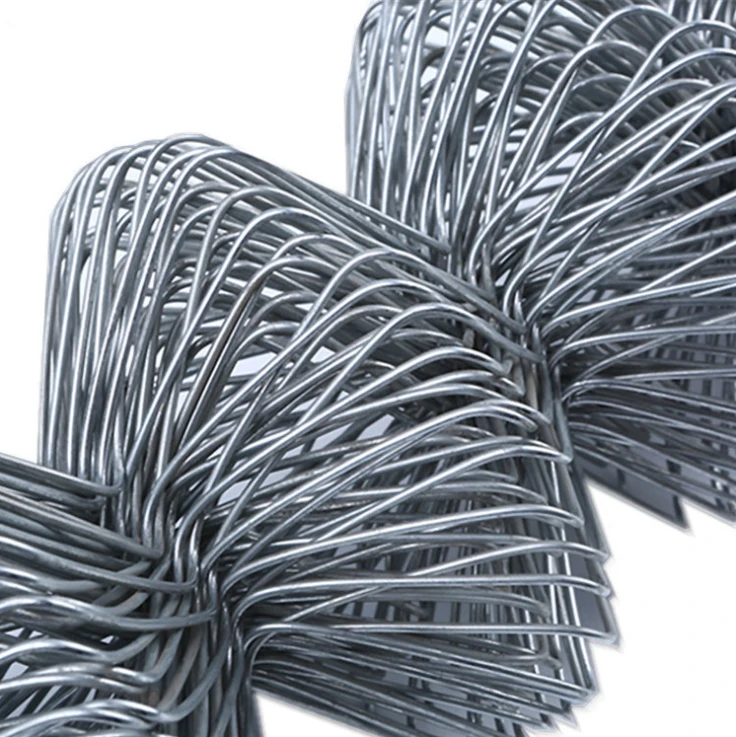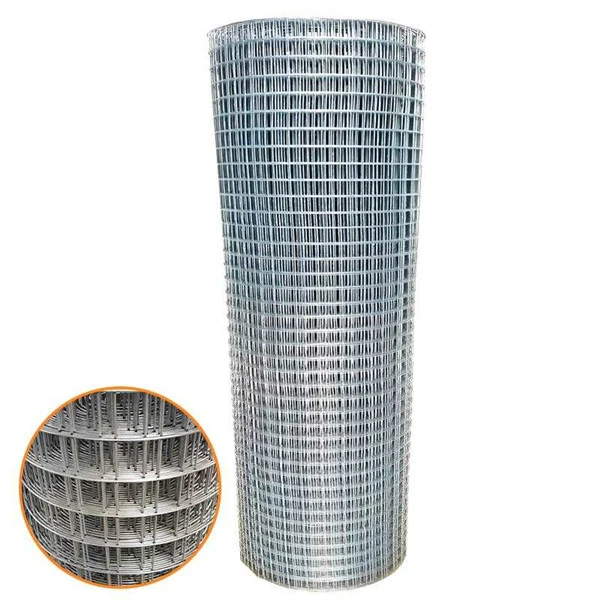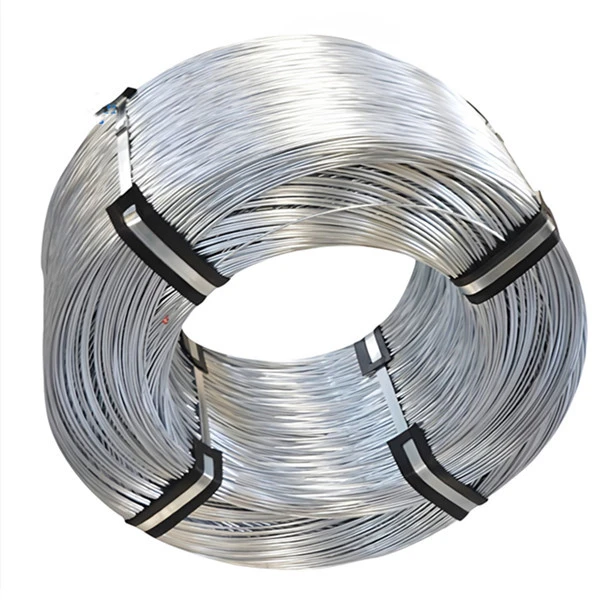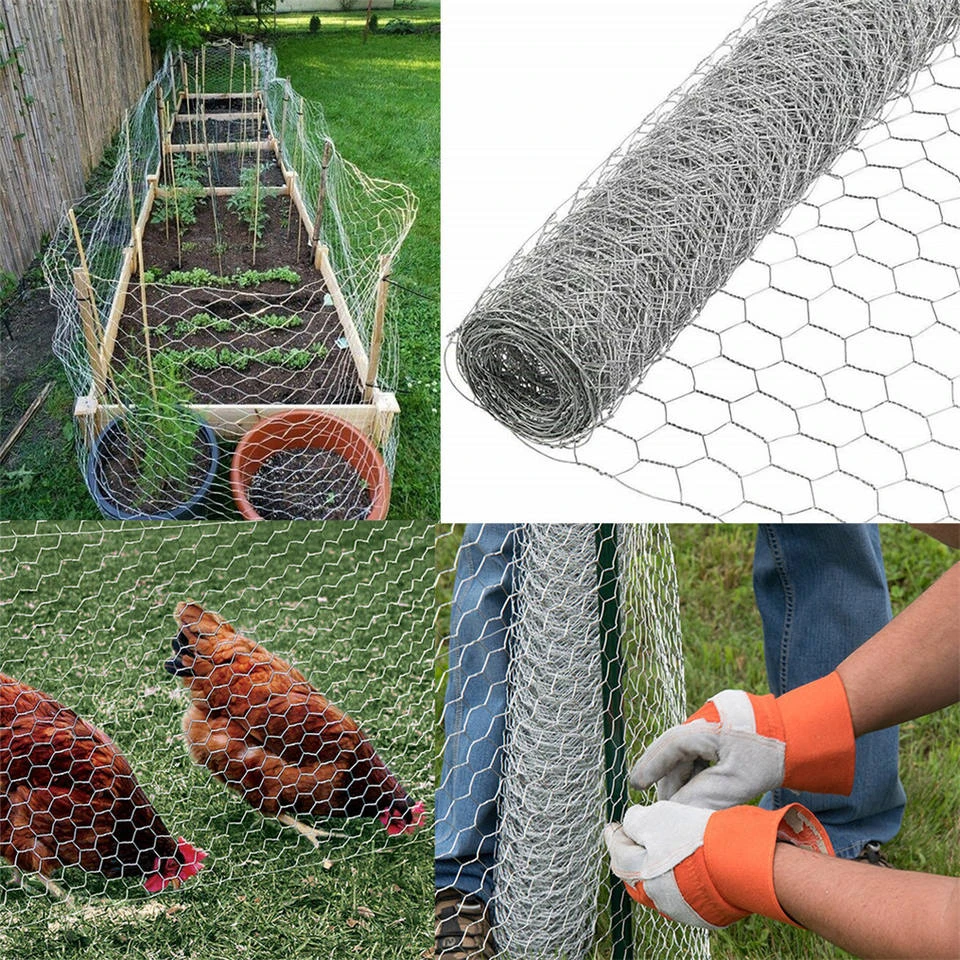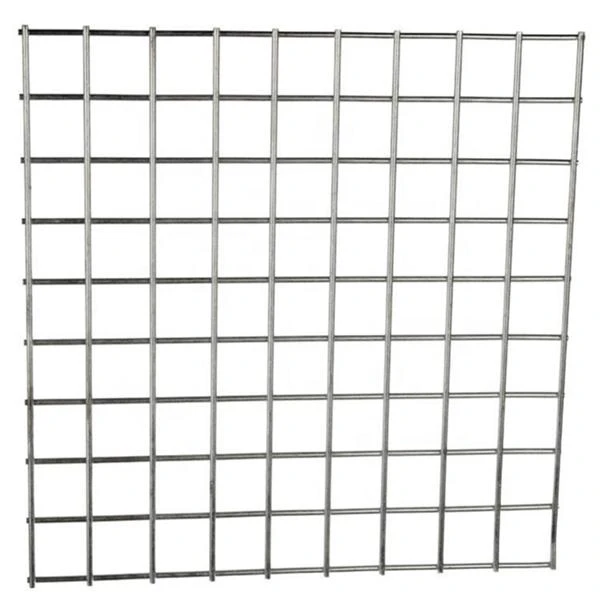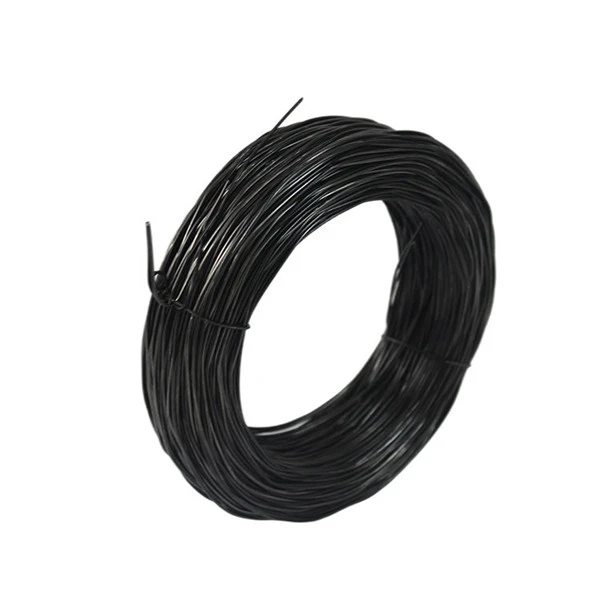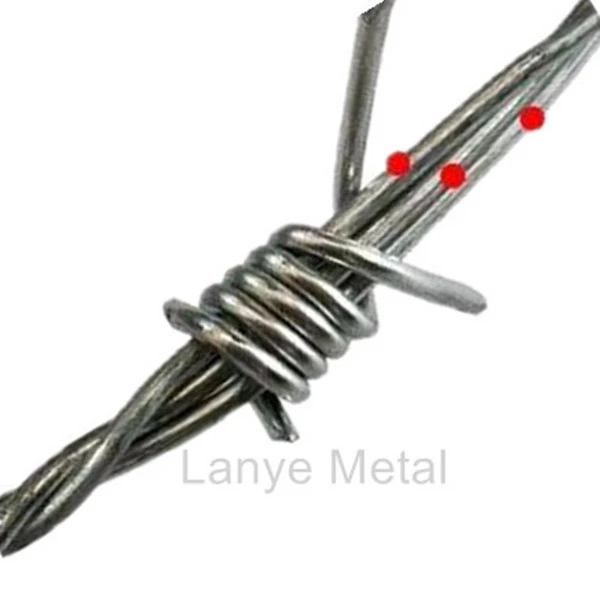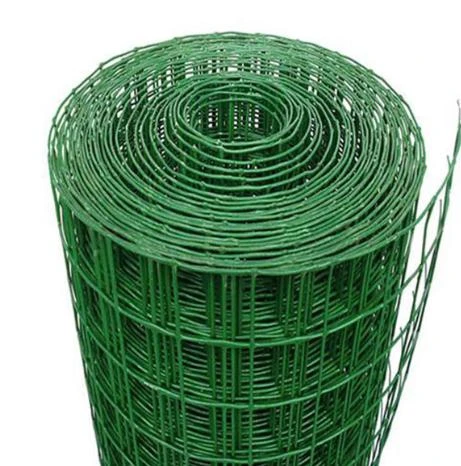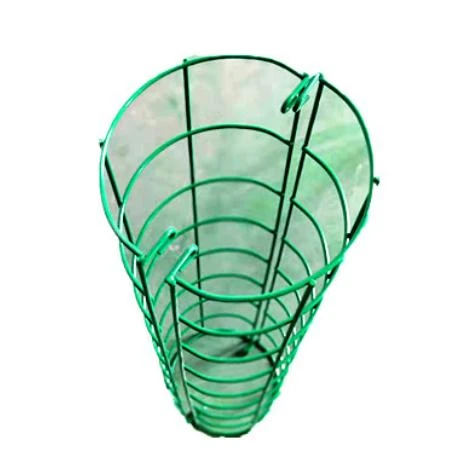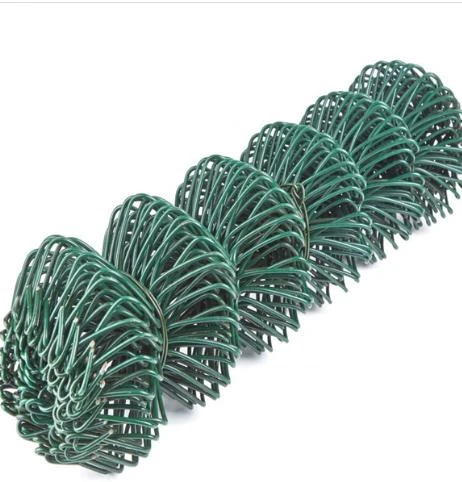Advanced Solutions in Steel Wire Fabrication
The wiring steel wire industry forms the backbone of multiple construction and manufacturing sectors worldwide. As infrastructure development accelerates, demand for high-quality galvanized steel wire, stainless steel wire, and specialized fencing solutions has surged by 12.8% annually (Global Construction Review, 2023).
Premium Galvanized Steel Wire Solutions
Hot DIP Zinc Galvanized Wire provides superior protection against corrosion and environmental damage, making it ideal for construction, fencing, and industrial applications. Lanye Metal utilizes advanced hot-dip galvanizing technology to create wires that withstand harsh conditions while maintaining structural integrity.
Materials: Low carbon steel wire Q195, Q235
Gauge Range: BWG8-25 (0.4-6mm)
Zinc Coating: 8-350g/m²
Electric Galvanized | Hot Dipped Galvanized | PVC Coated
Advanced hot-dip process creates micro-layer metallurgical bonding
Construction Binding | Fencing Systems | Wire Mesh Weaving
Specialized formats: Coil, Spool, Cut wire, U-type
Technical Specifications & Standards
Modern wiring steel wire requires precise engineering to meet industry demands for tensile strength and corrosion resistance. International standards dictate specifications for hot dip galvanized steel wire used in critical applications:
| Parameter | Electric Galvanized | Hot Dipped Galvanized | PVC Coated |
|---|---|---|---|
| Wire Diameter | 0.4-6.0mm | 0.8-6.0mm | 1.0-5.0mm |
| Tensile Strength | 350-1000 N/mm² | 350-900 N/mm² | 400-800 N/mm² |
| Zinc Coating | 8-20 g/m² | 50-350 g/m² | 100-200 g/m² |
| Salt Spray Resistance | 200-500 hours | 800-2500 hours | 1000-3000 hours |
| Common Applications | Indoor binding, electronics | Construction, fencing, agriculture | Marine, chemical plants |
Industry Performance Metrics
The following visualizations represent technical parameters for hot dipped galvanized wire solutions based on ASTM A641 and EN 10244 standards:
Interactive Chart Loading...
This area would display tensile strength metrics
Interactive Chart Loading...
This area would show corrosion resistance data
Interactive Chart Loading...
Coating thickness distribution analysis
Interactive Chart Loading...
Price-performance comparison across gauges
Technical Insight
"Hot-dip galvanizing creates a zinc-iron alloy metallurgical bond that offers unmatched corrosion protection. The intermetallic layers formed during the process provide cathodic protection even when the surface is scratched - a critical feature in demanding applications like fencing wire and rebar tie wire exposed to weather elements."
— International Zinc Association Technical Brief
Product Gallery
Visual examples of high-quality galvanized steel wire solutions manufactured using advanced processing technology:
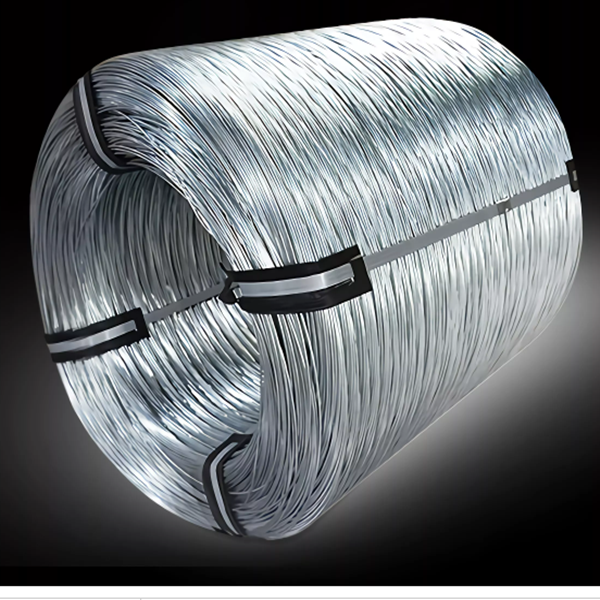
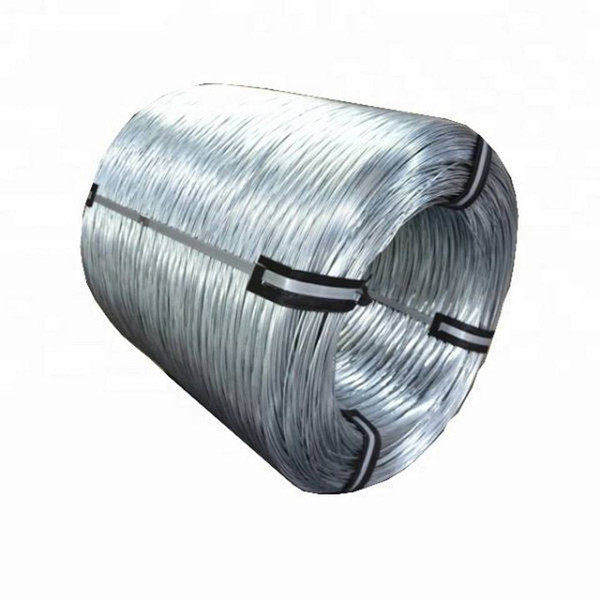
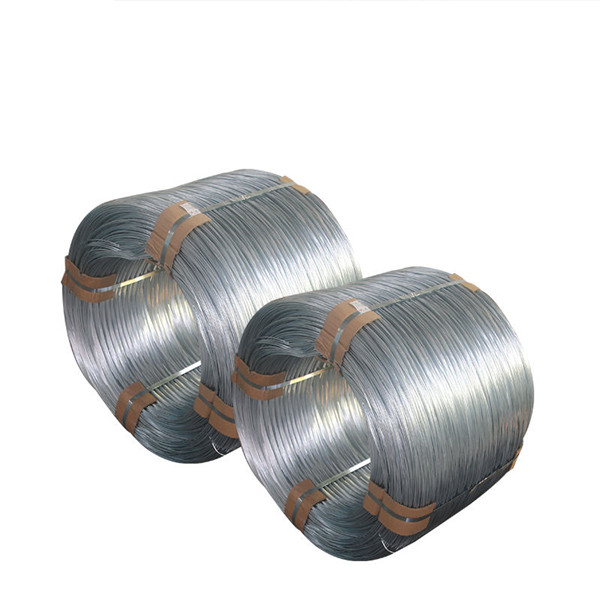
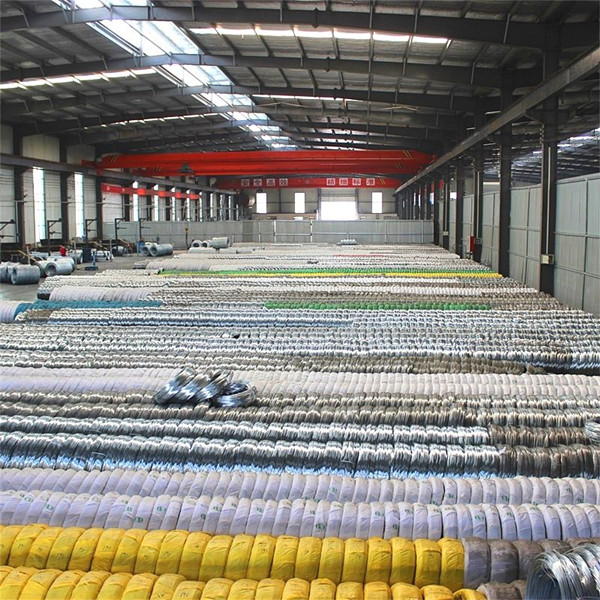
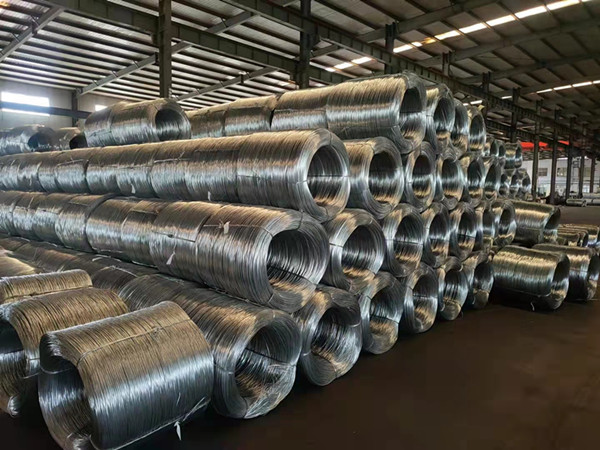

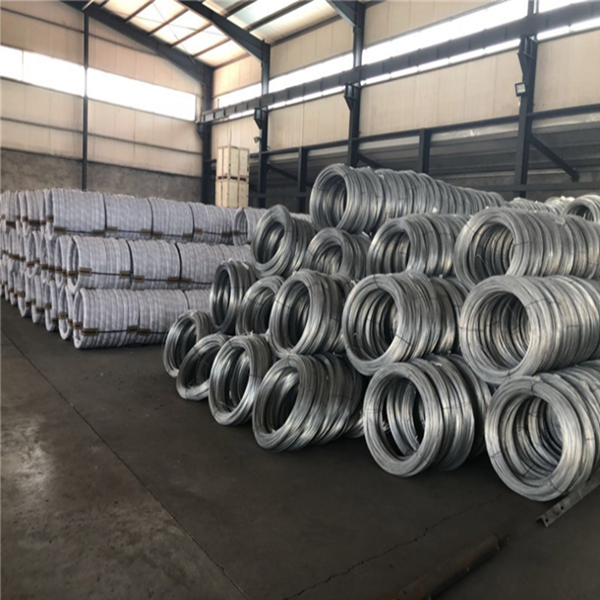
Application Diversity
Modern wiring steel wire solutions serve critical purposes across multiple sectors:
Rebar tie wire (16 gauge) · Binding wire per ton of steel · Precast concrete reinforcement · Temporary bracing systems · Structural tying applications
14 gauge rabbit cage wire · Livestock fencing · Vineyard trellising · Greenhouse construction · Orchard support systems
12 gauge baling wire · Pallet strapping · Reinforcement for composites · Filtration mesh production · Security barrier fabrication
Professional FAQ: Steel Wire Expertise
What distinguishes hot-dipped galvanization from electro-galvanizing?
Hot-dip galvanized wire (HDG) involves immersing the steel wire in molten zinc at approximately 450°C, creating a metallurgical bond with multiple zinc-iron alloy layers. This provides superior corrosion resistance (200-300g/m² coating) compared to electro-galvanized wire which uses electrolytic deposition (typically 8-20g/m² coating). HDG offers better protection at cuts/edges due to the formation of intermetallic layers.
How do you select gauge size for specific applications?
Wire gauge selection balances tensile requirements and flexibility. For fencing wire, 12-16 gauge provides optimal strength-to-weight ratio. Rebar tie wire typically uses 16-18 gauge for sufficient strength with pliability. Binding applications require 8-12 gauge for heavy material restraint. Specific applications like 14 gauge rabbit cage wire balance security with minimal weight.
What standards govern galvanized wire production?
Primary standards include ASTM A641 (Standard Specification for Zinc-Coated Carbon Steel Wire), ISO 7989-1 for coating adherence, EN 10244 for chemical composition and coating mass classification (Class A to C), and BS EN 10218 for wire drawing tolerances. Quality manufacturers like Lanye Metal exceed standard requirements with additional processing controls.
How does zinc coating thickness impact wire life?
Coating thickness directly correlates with corrosion resistance. Our testing shows that every 10g/m² increase in zinc coating extends salt-spray resistance by approximately 100 hours. Hot dip galvanized steel wire with 350g/m² coating offers marine-environment longevity exceeding 25 years. Coating thickness must be balanced with flexibility requirements.
What distinguishes galvanized iron wire from steel variants?
Historically, galvanized iron wire was made from wrought iron, but modern "GI wire" refers to carbon steel wire with zinc coating. The distinction lies in carbon content - true GI wire has less than 0.25% carbon while carbon steel wire specifically references higher carbon content (0.6-0.99%) for increased tensile strength but reduced corrosion resistance without protection.
How does PVC coating complement galvanization?
PVC coating applied over hot dipped galvanized wire creates a dual-protection system. The zinc coating provides cathodic protection while the polymer layer creates a physical barrier against corrosion and UV degradation. This combination extends product life in chemically aggressive environments 3-5 times longer than galvanization alone. Colors also increase visibility in safety applications.
What innovations are shaping wire manufacturing?
Industry advances include continuous galvanizing with zinc-aluminum-magnesium alloys that offer 5x better cut edge protection, precision drawing with nano-crystalline surface treatments to improve coating adherence, AI-controlled drawing and galvanizing processes that maintain ±1% diameter tolerance, and sustainable manufacturing with closed-loop water recycling systems that recover 98% zinc.
Market Outlook
The global galvanized steel wire market is projected to grow at 6.8% CAGR through 2030, driven by infrastructure investments and renewable energy projects. Marine applications represent the fastest growing segment at 9.2% annually. Demand for hot dip galvanized wire manufactured with sustainable processes is increasing as environmental standards tighten worldwide.



